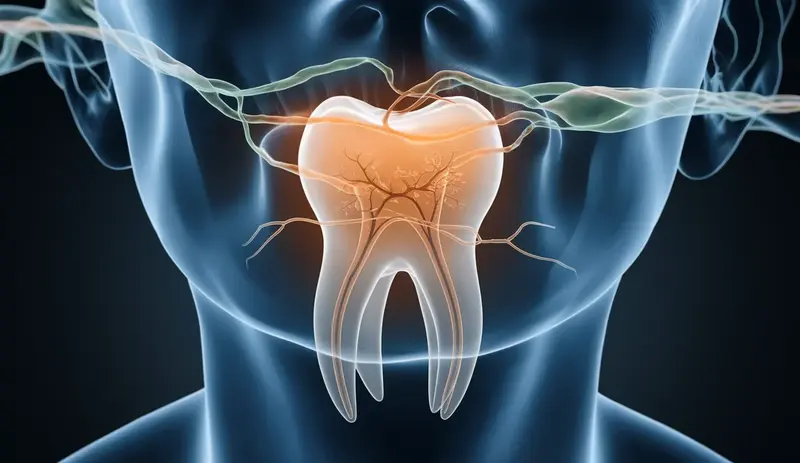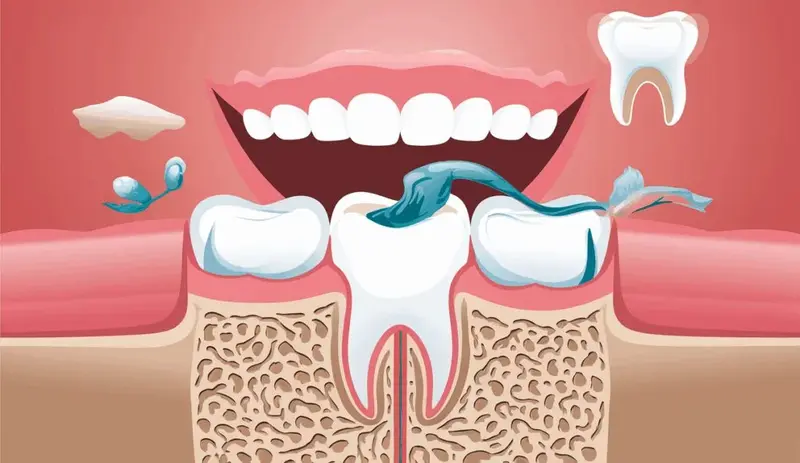
You’ve noticed something feels different with your tooth. Maybe it’s become sensitive, or your dentist mentioned something unusual during your last checkup. Tooth root resorption sounds scary, but understanding it can help you take control of your oral health.
Don’t worry—this guide will break down everything you need to know about tooth root resorption. We’ll explore the causes, signs, and most importantly, how to protect your teeth from this surprising dental condition.
What Exactly Is Tooth Root Resorption?
Root resorption of teeth may sound like a complex dental term, but it’s very simple—like erosion at the molecular level. Whereas the outer substance of a tooth is weakened by bacteria or acid, in resorption, the process is happening for reasons that are not well understood.
Imagine that your tooth is being gradually dissolved, from the inside or the outside. Initially, you might not even know it’s happening. Often, tooth root resorption starts with no immediate symptoms and progresses silently.
Many patients first discover this condition during routine dental X-rays, which is why regular check-ups are so important, especially for dental patients here in Houston, TX.
Top Causes of Tooth Root Resorption
This dental issue can arise from many causes. Trauma from sports or misfortune can set off the resorption dance. Orthodontic treatments that reposition teeth can sometimes initiate the downhill slide.
The never-ending inflammation from gum disease or stubborn infections is equally awful. Listless teeth are gummy teeth, and gum disease is all about keeping the gum living (with blood) and the teeth healthy (without decay).
It is interesting to note that genetic predispositions and hormonal changes can raise your chances of having tooth root resorption. We see this in many patients coming in thinking it’s no big deal—but it’s a situation that definitely helps to catch early.
You May Be Interested In: Is Tooth Bonding Permanent in Houston?
Identifying the Signs of Root Resorption
Spotting the initial indicators can be life-changing. You may observe:
- Heightened tooth tenderness
- Minor alterations in tooth form
- A tooth seeming somewhat not as tightly adhered as before
- A tooth that looks to lack the height of its neighbors (i.e., shorter in comparison)
If you are having ongoing sensitivity of the teeth or observing changes to your smile, it is essential that you make an appointment to see your dentist at LifeWorks Dental. Also, if you are experiencing bleeding from your gums more than occasionally, this is serious business.
Can Root Resorption Be Prevented?
It’s always better to prevent than to cure. Here are some main strategies:
- Keep outstanding oral hygiene
- Go to regular dental check-ups
- Have the right mouthguards for sports
- Fix dental trauma fast
- Don’t let tooth sensitivity slide
Overall health can also be enhanced by a balanced approach, and this can help with tooth root resorption. Good nutrition, stress management, and consistent dental care create a strong foundation for preventing this dental problem.
Treatment Options for Tooth Root Resorption
The therapy depends on the stage of resorption. In the early stages, you might just keep an eye on the tooth. If it gets more extensive, you might require RCT to rehab the tooth.
In rare instances, you might need to pull the tooth. Each case is one of a kind. Our dental specialists draft personalized treatment plans unique to every individual. You can visit our dental office location for a comprehensive evaluation.
The key to early detection is regular dental check-ups and X-rays. These can help spot tooth root resorption before it becomes a more serious problem. If you are prone to this issue, ask about it at your next dental appointment.
Tooth root resorption might sound intimidating, but knowledge is your best defense. By understanding the causes and staying proactive about your dental health, you can protect your smile for years to come.





![Porcelain Crowns Near Me in Houston [2025 Guide]](https://lifeworksdental.com/wp-content/uploads/2025/01/Porcelain-Crowns-Near-Me-in-Houston.jpeg)
![What Causes Tooth Decay Under Crowns [2025 Guide]](https://lifeworksdental.com/wp-content/uploads/2025/03/What-Causes-Tooth-Decay-Under-Crowns-2025-Guide.jpeg)